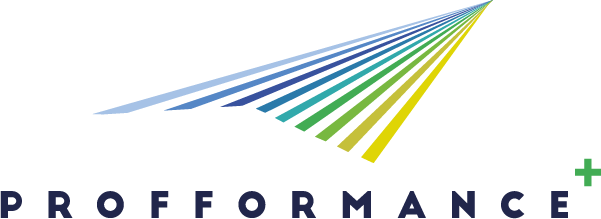SUTURED
Semmelweis University: terminology usage, research-based education and documentation
- 09 – Health and welfare
1. Student-centered course design
Introduced in the new medical curriculum two years ago, the Medical Terminology course has been developed entirely to establish and improve the medical documentation skills of future practitioners and specialists. Based on authentic anonymised medical reports retrieved from the University's patient information system with the University's permission, the course was expanded in cooperation with anatomists, clinicians and demonstrator students. Our teaching materials (for extracts of class notes, Moodle, ITC etc., see 7.2 URL) are highly appreciated by students. Our initiative was without precedent in Hungary. On the one hand, the textbooks used previously were not suitable for our purposes as they were not based on authentic linguistic material. On the other, the specificity of Hungarian medical language discouraged us from translating or adapting any foreign textbooks. We have put together content-based and student-centred course materials, where the planning, implementation and assessment were based on individual learning needs and characteristics. We have set up an independent research group so we can teach international and Hungarian descriptive and clinical anatomical nomenclature along scientific research lines. We wanted our students to become acquainted with new research directions and to have the opportunity to become members of our research group. As a result, several demonstrator students have joined us. To deliver our course material in the most effective way, we use a variety of tools, the main ones being the class notes of contact sessions, ITC tools, and the Moodle platform with quizzes for home use. Through gamification we ensure high levels of student involvement, participation and interaction. We have developed the course materials interprofessionally under the guidance and supervision of anatomists and practitioners. And through a student feedback system, we can measure the success of the delivery within the framework provided by the University. By the end of the course, our students have the skills to use code-switching in different forms of medical communication: they become familiar with medical terminology, they are able to understand and use anatomical names correctly, they can provide simple clinical and pathological diagnoses in Latin, and they can communicate effectively to patients, explaining medical terms of Latin and Greek origin.
Methodology
Tools, equipment, technology used
Outcomes and outputs, main results
Lessons learnt
Adaptability and sustainability of the best practice (for other institutions)
Promotion of best practice
Scope and impact
- Course/department level
- Faculty level
- Institutional level
- Cross-institutional level
- National level
- EU/EHEA/International level
6.1 Digitalization
- Outstanding, innovative, excellent practices of online / blended / hybrid learning
- Innovative, novel methodology in using digital tools/devices in teaching
- Novel digital solutions (tools, frameworks, devices, tasks to enhance efficiency and motivation)
- Digital scientific sources used in T&L
- Data security and responsible digital presence embedded in learning outcomes
Reasoning: To provide novel course material based on scientific research, we integrated linguistic software Alrite, SketchEngine, MemoQ etc. at the preparatory phase. SketchEngine is provided by institutional subscription and is available to all students. The technical equipment in our classrooms allows the use of digital tools in class. Moodle helps motivate students to work continuously at home, and the results are GDPR protected, as is the student feedback officially required by the University.
6.2 Internationalization
- Developing students' multicultural awareness
- Students engagement in international projects
- Courses implemented in international cooperation (projects, co-teaching, virtual/blended mobility, etc.)
- Courses offered to international multicultural students both online and offline
- International projects/research results embedded into course development and T&L
Reasoning: Our lecturers undertake international study trips, attend conferences and participate in international collaborations and joint research with universities and clinics in Mainz, Graz, and Prague. Further projects are under discussion with UCL and Houston. We also involve undergraduate teaching assistants in the terminological analysis of German-Hungarian forensic reports. Our course is now being implemented in the University’s English and German language study programs for international students.
6.3 Inclusion and diversity, universal design
- Universally designed teaching material - adjustable for special needs
Reasoning: The course material is available to our students free of charge. For online teaching, contact sessions are accessible via Zoom. The Moodle material also offers the possibility of revision, repetition and practice, even for students with special needs. Applying the shadowing method, we can cover all the language requirements of the medical profession, and by knowing the method, students will later be able to apply code-switching and communicate effectively in any medical situation.
6.4 Sustainability
- Environmental attitude, skill development and assessment either general or profession-related
- Sustainability aspects are considered in all phases of the learning practice - "hidden curriculum"
Reasoning: The method is sustainable and can be easily adopted both inside and outside the country. It does not require any external equipment and does not impact our physical environment. Our databases are expandable. The language material on which the skills and competences are developed and practised can be examined from new perspectives. The results obtained from several directions can be constantly monitored and incorporated into the teaching; students are therefore exposed to the latest innovations.
3.3 Public contact datas
| Name | Email address | Website |
|---|---|---|
| Dr. Andrea Barta | barta.andrea@semmelweis-univ.hu | https://semmelweis.hu/szaknyelv/en/ |

